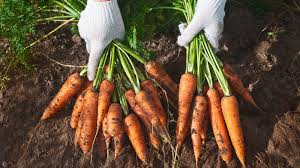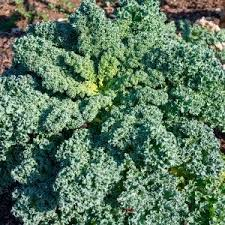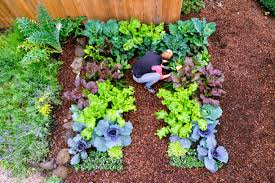By Benedict Vanheems, 27 June 2014
Although summer may have you focused on sunny days, now is the time to plan for the vegetables that will keep your kitchen stocked through the winter months. Preparing early ensures you’ll have a steady supply of hearty greens, roots, and shoots to last through colder weather.
Winter Vegetables: What to Start in Summer
Many winter staples can be sowed in midsummer, while others may need to be started as seedlings. If you’ve missed your chance to sow some hardy crops like Brussels sprouts, leeks, or sprouting broccoli, don’t worry—ready-to-plant seedlings are available at most nurseries, giving you another opportunity to plant before the cold sets in.
Root Vegetables for Winter Harvesting
Carrots and beets are perfect for sowing in summer to provide a bounty of roots for the winter. In milder climates, these can stay in the ground over winter and be harvested as needed. However, gardeners in frost-prone areas should dig up all roots by mid-autumn to store them properly.

How to Store Root Vegetables:
- Carefully lift the roots without damaging them.
- Trim foliage to 1-2 cm (around an inch).
- Brush off excess soil.
- Lay the roots in boxes of sand, ensuring they don’t touch.
Stored this way, carrots and beets can last well into spring.
Carrots:
Sow seeds 1 cm (½ inch) deep in finely raked soil, leaving 15-23 cm (6-9 inches) between rows. Thin seedlings to 5-10 cm (2-4 inches) apart. For winter storage, the ‘Autumn King’ variety is a reliable choice, as it’s hardy and flavorful. You can even leave it in the ground through winter, covered with straw to prevent freezing.
Beets:
Plant seeds in rows 20-30 cm (8-12 inches) apart, with 10 cm (3 inches) between plants. Weeds must be kept under control to help the roots swell. A popular choice is the ‘Boltardy’ variety, known for its sweet flavor and resistance to bolting. For quick baby beets, sow seeds more closely and harvest early.
Hardy Greens for Winter Harvest
Kale is one of the best crops to grow for winter, offering flavorful, nutritious leaves. Sowing kale in summer guarantees a continual harvest throughout winter, even during mild spells. Curly-leaved varieties like ‘Dwarf Green Curled’ are hardy, but for the most tender leaves, try ‘Cavolo Nero’ or ‘Black Tuscan’, which have dark, strap-like leaves perfect for steaming with butter.

Brassicas to Plant in Summer
For gardeners in cooler regions, it’s likely too late to sow most brassicas by midsummer. However, if you’ve grown your own seedlings, now’s the time to transplant them. Alternatively, winter brassica collections are available for purchase at garden centers and online.
Broccoli and Brussels Sprouts:
For late-winter harvests, plant Brussels sprouts and sprouting broccoli with 60 cm (24 inches) between each plant. Make sure to get them in the ground as soon as possible to ensure strong growth. Consider using mesh or netting to protect plants from cabbage whiteflies.

Leeks:
Leeks are another winter favorite, perfect for hearty stews or quiches. Plant ready-to-go leeks by making deep holes with a dibber and placing the roots at least 7 cm (3 inches) deep. Space plants 15 cm (6 inches) apart, cover the roots with soil, and water carefully. Hardy varieties like ‘Apollo’ can stay in the ground until late spring, providing a reliable winter vegetable. Harvest the largest first to give the rest time to grow.
Planning Ahead
Even in hot summer climates, it’s not too late to think about your autumn and winter crops. Use a garden planner to determine the best planting and sowing times for your region. And don’t forget winter salads! Many varieties can be sown in late summer or autumn, ensuring your pantry never runs bare once the growing season is over.
We’d love to hear what you plan to grow for winter—leave us a comment and share your winter crop plans!
